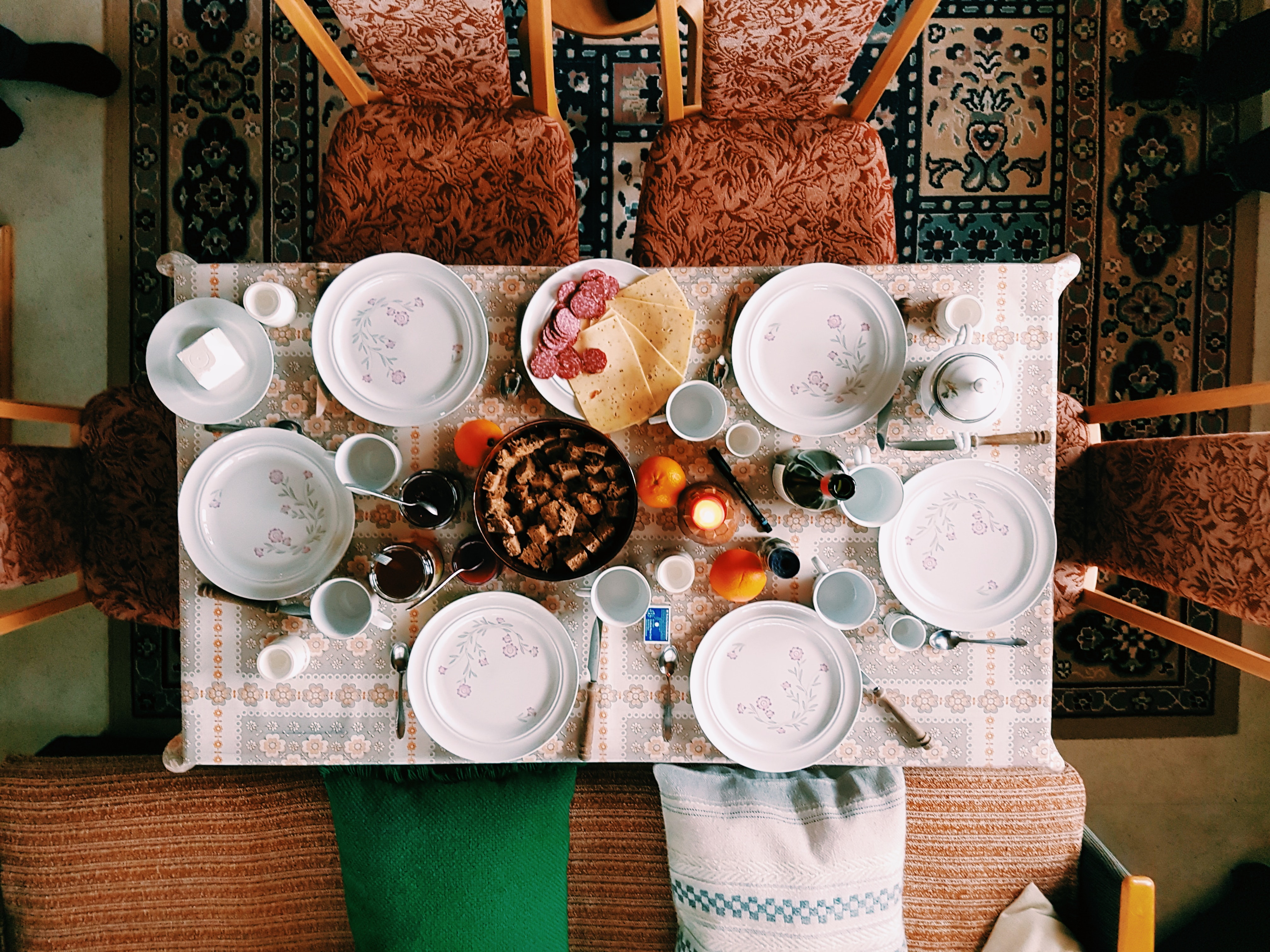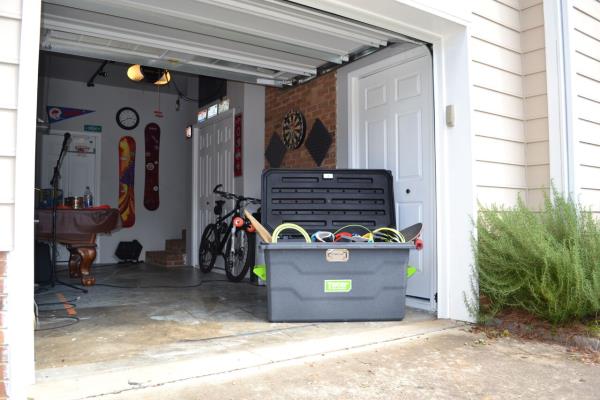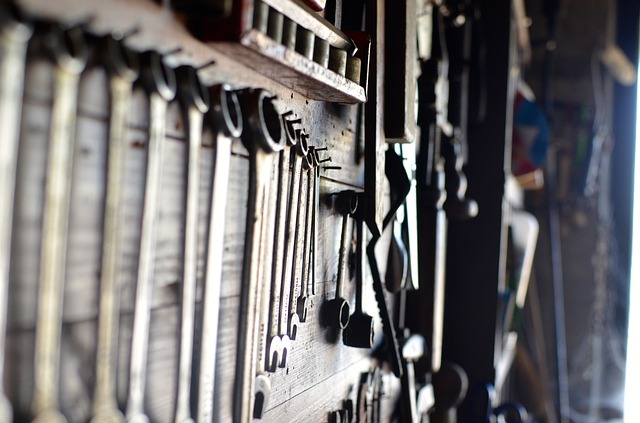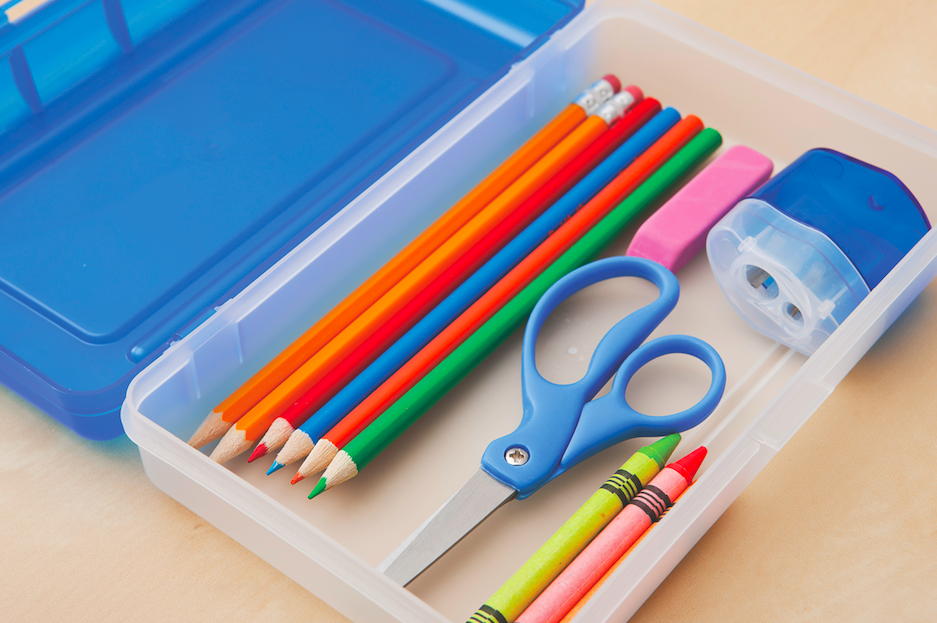Hosting family and friends for the holidays is a tall task. According to the Bureau of Transportation Statistics, during the Christmas/New Year holiday period, the number of long-distance trips (to and from a destination 50 miles or more away) increases by 23 percent compared to the rest of the year.
While many of those traveling will stay in hotels, many more will enjoy the hospitality of loved ones. Holiday hosting can make an already hectic time of year that much busier, as hosts must prepare their homes for guests in the midst of holiday shopping excursions, office Christmas parties and social engagements around the neighborhood and at kids’ schools. Holiday hosting does not have to run hosts ragged in the days leading up to guests’ arrival.
The following are a handful of ways to simplify holiday hosting.
Plan menus well in advance of guests’ arrival
One of the more time-consuming tasks associated with holiday hosting is cooking. Hosts who plan their holiday menus in advance can get started on prep work several weeks before guests arrive. Choose dishes that can be prepared in advance and then frozen, so dishes need only be defrosted and cooked once guests arrive.
Let guests pitch in
Some hosts may feel obligated to cater to all of their guests’ needs during the holiday season. But many guests want to pitch in any way they can. If guests offer to do some holiday baking or take the family out for dinner during their visits, allow them to do so. This takes a little responsibility away from hosts while also allowing guests to show how much they appreciate the hospitality of their hosts.
Plan a night out
Another way to make hosting friends and family for the holidays less taxing is to plan a night out for everyone. In lieu of cooking at home, dine out at an affordable, family-friendly restaurant before taking everyone to a local holiday light display or bazaar. This gets everyone out of the house and allows hosts to showcase their hometown pride.
Rotate hosting duties
The holiday season is full of traditions, and some hosts may feel beholden to tradition and offer to host each year. But family traditions are about getting together, not about getting together in a particular place each year. Families who rotate hosting duties each year can ensure one member of the family does not feel overwhelmed time and time again. And sharing hosting duties means someone new gets to avoid the hectic holiday traveling season each year.
Holiday hosting is an enjoyable yet sometimes difficult task. Fortunately, hosts can take steps to simplify holiday hosting without sacrificing tradition.









 · Navigational tools:
· Navigational tools:







